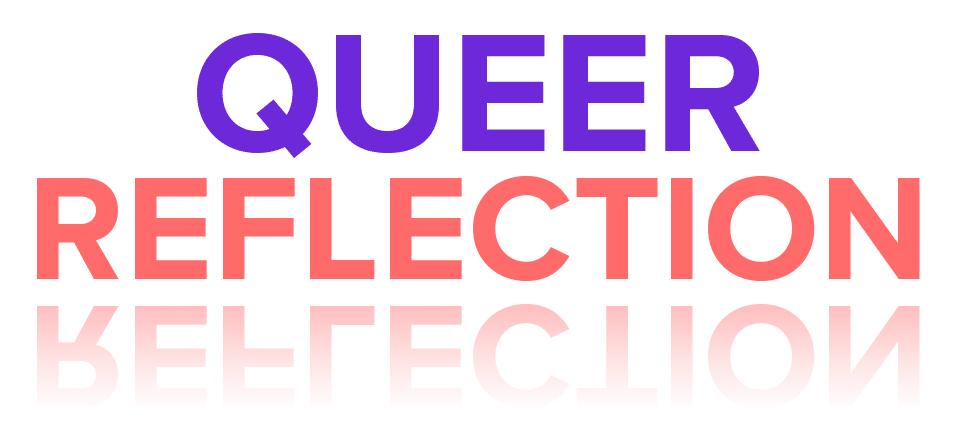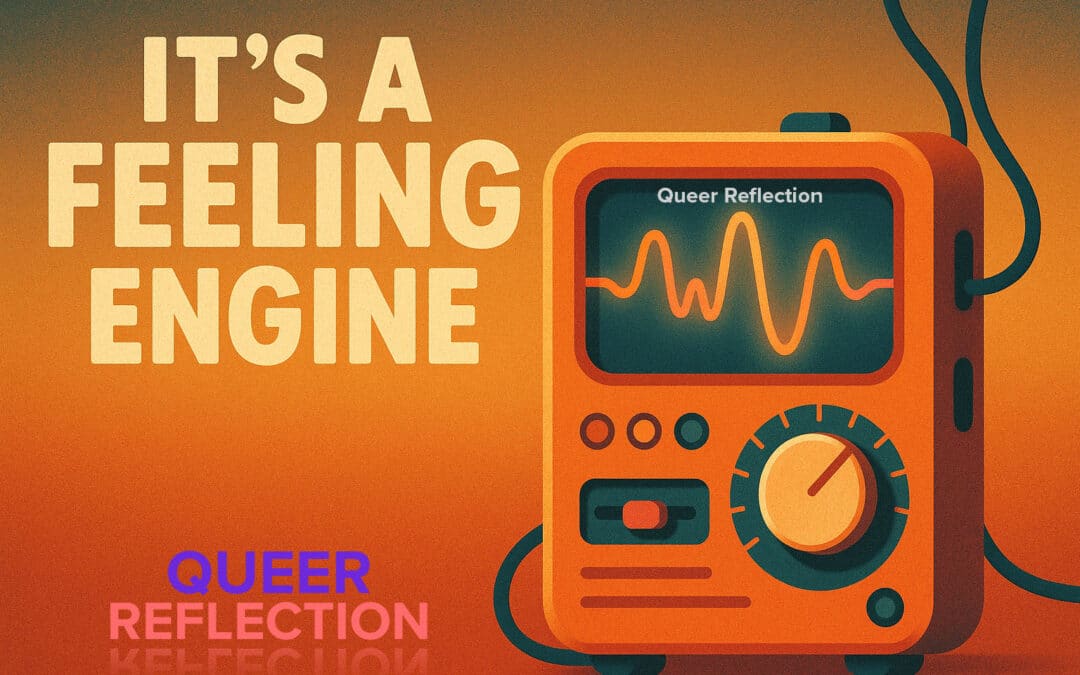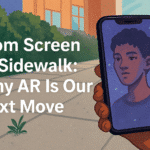At first glance, Queer Reflection might look like a storytelling platform. But under the hood, it’s something far more radical: an empathy engine—powered by technology, but guided by feeling.
We didn’t build this project just to share queer stories.
We built it to make people feel them.
And that required more than good writing. It required a suite of tools capable of translating emotion into experience—at scale.
Immersion is the strategy. Empathy is the outcome.
Learn more about our mission on the About page.
Our Approach: Tech with Soul
Every component of Queer Reflection is designed to simulate emotional resonance. Not to shock. Not to lecture. But to invite. Here’s how we’re doing it:
1. AI-Personalized Narrative
We use AI to adapt storytelling based on each user’s responses, decisions, and level of awareness. This isn’t a one-size-fits-all experience—it’s responsive, emotionally tailored, and designed to meet people exactly where they are.
Powered by OpenAI’s GPT, fine-tuned scripts, and dynamic personality modeling, each Encounter is a living conversation between the user and the characters inside it.
2. Emotional Branching Logic
Our interactive story structures are built with branching logic that reflects real emotional dilemmas faced by LGBTQ+ people. But these aren’t “choose your adventure” gimmicks. They’re empathy mirrors.
Every choice has emotional weight. Every reaction reveals internal complexity. We don’t offer right or wrong—only what feels honest.
Want to see how an Encounter works? Explore The First Encounter.
3. Augmented Reality (AR)
We use Apple ARKit and WebXR to bring queer stories into real-world environments. Imagine sitting at your own kitchen table while reliving a coming out moment. Or unlocking a hidden story while walking down Market Street.
Empathy becomes embodied—not just watched or read.
4. Audio + Voice Simulation
We’re prototyping emotionally intelligent voiceovers using AI-generated voices that modulate tone, pacing, and inflection based on context. Because how a story sounds can be just as powerful as what it says.
The goal: intimacy, nuance, and presence—even when you’re alone.
5. Emotional Feedback Loop
After each Encounter, users receive guided journaling prompts and emotional insight maps—not to score or gamify their reaction, but to deepen it.
We call this the Reflection Layer: a space to process, to integrate, and to let the experience linger. It’s not about closing the tab—it’s about opening something up.
Read how this plays out in The Dinner Table Encounter.
Our Underlying Stack (In Plain English)
We’ve selected every part of our tech stack with purpose. Nothing bloated. Nothing generic. Everything intentional.
- React.js + Three.js – for a fast, flexible, mobile-first interface
- WordPress (self-hosted) – for publishing, security, and scale
- Unity + Apple ARKit / WebXR – for immersive AR experiences
- Firebase + Google Cloud Platform – for real-time user data (opt-in only) and scalability
- Cloudflare with Bot Management – for security and accessibility
- Google Analytics (privacy-tuned) – ethical insights, not surveillance
- ZOHO CRM – for community engagement and support
- Sentry – for platform stability and error monitoring
- Voice AI, gesture UX, and biometric input – under active research
We’re also committed to building within the WCAG 2.1 AA accessibility standards, and are actively developing for screen readers, captions, and multilingual support.
This Isn’t a Tech Demo. It’s an Emotional System.
We’re not here to show off the backend. We’re here to deliver something deeper: a feeling. And technology is what allows us to deliver that feeling with depth, dignity, and intentionality—across borders, devices, and identities.
Because empathy isn’t a feature.
It’s the foundation.
And with the right tools, we can help people feel things they didn’t even know they needed to feel.
Want the quick version?
Download the tech one-pager →
Or better yet:
View the tech that tells the story →






